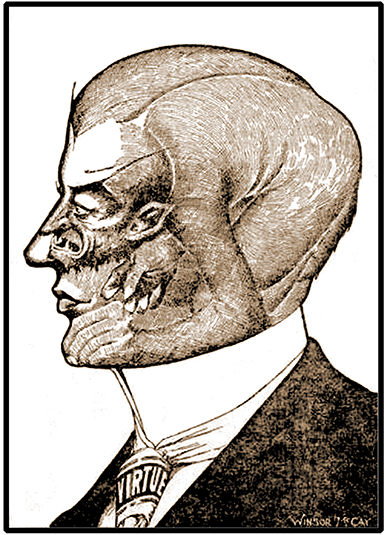 |
| Poster by Roy R. Behrens (2018) |
Among the most vivid memories of my early childhood is that of listening to a fantastic children's radio program called
Let's Pretend. I no longer recall any specific stories. All I remember is how powerfully engaging the performances were—as if they were visual, when in fact they consisted entirely of voices and sound effects.
Recently, I've been reading the autobiography of
Terry Gilliam, the only American member of the
Monty Python troupe, titled
Gilliamesque (New York: HarperCollins, 2015). On page 9, he recalls his own American childhood, and the experience of reading books, in which a child may often engage in "translating that mental picture from two dimensional into three." How clearly I remember that in my early years of reading books. But then he goes on—
It's the same with the radio, which was all-powerful in America at that time [the early 1950s]. There was a children's radio show called Let's Pretend, which was one of my very first gateways to the fantastical.
Mine too, for which I will always be grateful.











